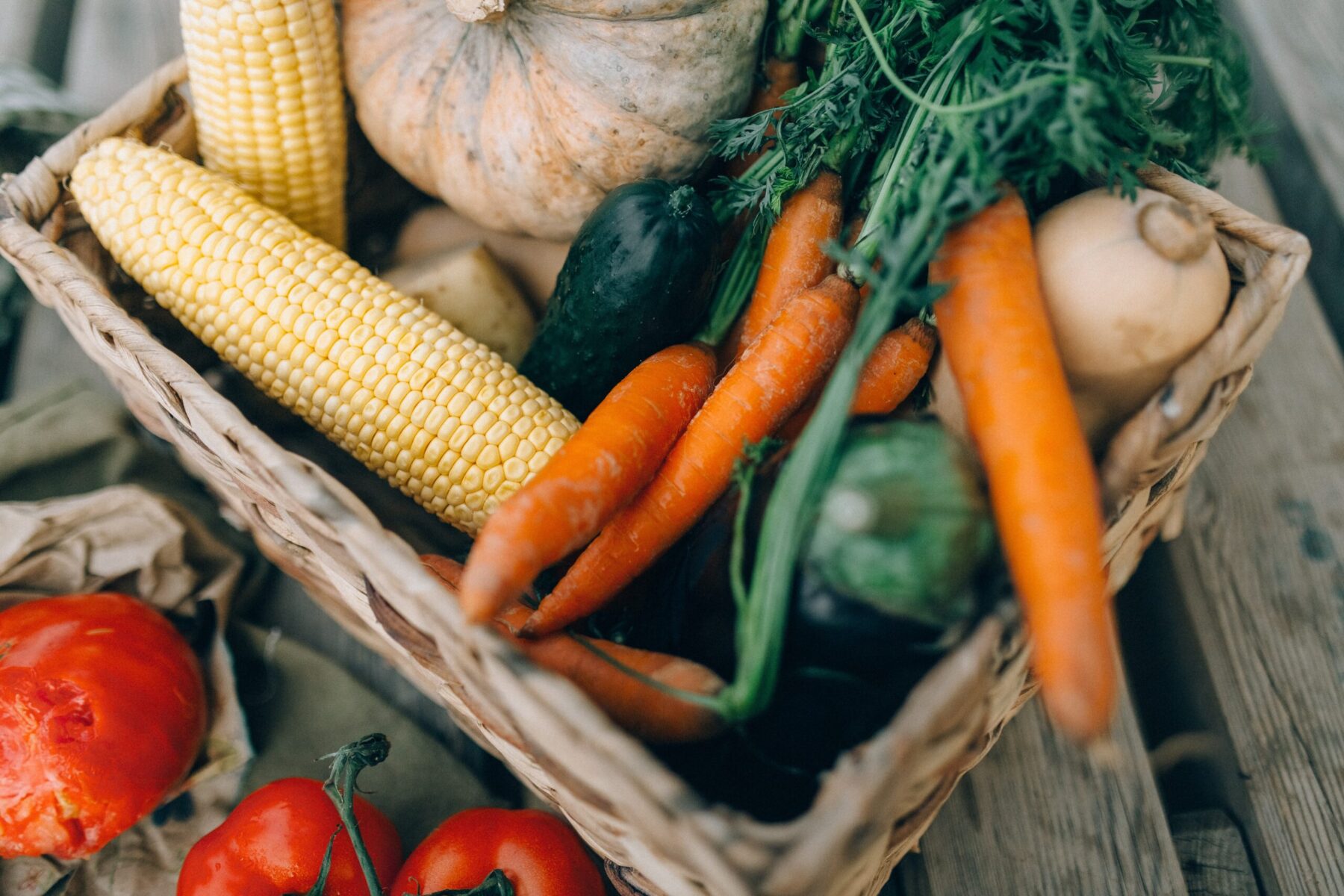Eat healthier — and affordably — in 2022 with Purdue HHS Extension

Buying produce in-season brings better quality and affordability to healthy eaters, said Ashlee Sudbury, a Purdue Extension Nutrition Education Program community wellness coordinator.Nataliya Vaitkevich from Pexels
Written by: Tim Brouk, tbrouk@purdue.edu
Eating healthy during a pandemic, supply chain problems, rising food costs and accessibility issues could cause anyone to reach for the Ben & Jerry’s.
But hold off on that Half Baked ice cream because Ashlee Sudbury, the Purdue University College of Health and Human Sciences Extension Nutrition Education Program (NEP) community wellness coordinator (CWC) for Daviess, Dubois, Orange and Martin counties in southern Indiana, has tips for better eating for Hoosiers everywhere.

Ashlee Sudbury
Sudbury and her fellow CWCs and NEP advisors create and foster partnerships with community organizations, schools, churches and worksites to make the healthy choice the easy choice. They do this through focusing on broader community changes as well as one-on-one consultations and group classes with residents.
“Our job focuses on quality-of-life improvements with nutrition and physical activity,” said Sudbury, who lives in Bloomington. “When looking at individual behavior, it can be a cultural shift. Any time you are changing up a habit, some people really embrace it, and for others, it is like, ‘This is not for me.’ But if you ensure healthy foods are accessible, walk them through what to cook and how to cook it — even small, little tips — it can be incredibly beneficial.”
In working with residents of rural counties, Sudbury offered insights about how to eat healthier at the dinner table and shopping healthier at the grocery store.
Home is where the healthy food might already be
To stretch your healthy food budget, Sudbury said look at home first. You might already have ingredients or healthy substitutes hiding behind that bag of Doritos.
Super subs
Subbing in healthy options when cooking at home can offer new flavors and textures while decreasing caloric intake. Sudbury recently replaced ground beef with ground turkey and lentils on a recent Taco Tuesday. Fans of spice should throw peppers such as jalapenos, habaneros or poblanos into their meals for added — and still healthy — flavor and heat.
Productive produce
The produce section at your grocery store is ground zero for healthier eating. However, supply might be short while costs are sky high.
“When we went into the pandemic,” Sudbury said, “the primary concern as far as access was ‘Is it going to be on the shelf?’ Now, it’s ‘Is it on the shelf and can I afford it?’”
Sudbury said to make sure to buy in-season produce for lower prices and better quality. Canned or frozen fruit and vegetables can be good alternatives to out-of-stock or out-of-season produce. However, read the labels. Avoid frozen vegetables that include sauces. Your own seasoning or sauces at home will be healthier, and you will have control of how much sauce you want on those veggies.
“If you’re doing canned items, try to look for ‘100% fruit juice’ or ‘no salt added,’” Sudbury said. “You can also drain canned vegetables and then rinse them to lower sodium levels.”
Be an Eric Generic
Generic brands usually offer the same nutritional value as name brands, and the costs are usually lower.
Make a shopping list
Whether it’s with a notebook and pen or the Notes app on your phone, sticking to a list will keep you on a healthy path while dodging Oreo potholes.
Not in this house
Just keep junk food out of the house for the ultimate cravings cure. Sudbury mined her own experience of replacing that Ben & Jerry’s with yogurt. Freeze-dried fruit instead of chips was a surprise hit for her family.
“Just try to make sweets and junk food not as readily available within the house, and have those better options at the ready,” Sudbury said.
Money where your mouth is — instead of junk food
For the toughest of junk food junkies, Sudbury talks tough. Bad diets could result in diabetes and other health complications, which will result in costly doctors’ visits and prescriptions. A healthy diet will give you more time and money while reducing weight, inches and stress levels.
“Take inventory of how you feel,” Sudbury said. “We may not daily recognize we’ve had our 64 ounces of water today, but after a week of trying, you might feel better. If you take a daily inventory of your status of where you’re at today and then you look back on that, I think we have more progress or successes than what we realize.
For more
Check out the latest nutritional news from the U.S. Department of Agriculture at MyPlate.